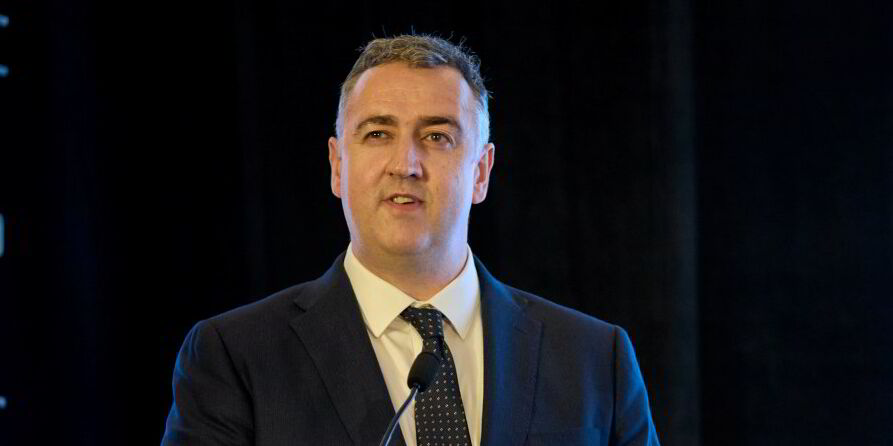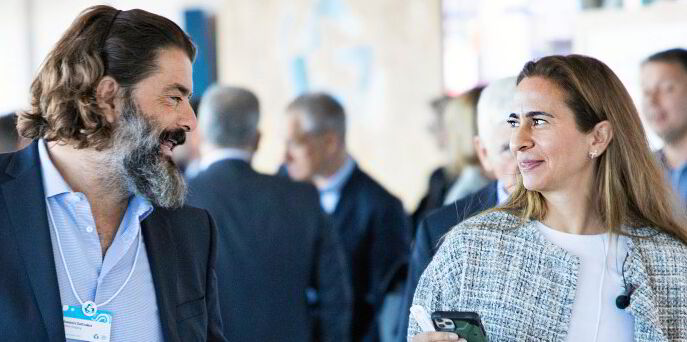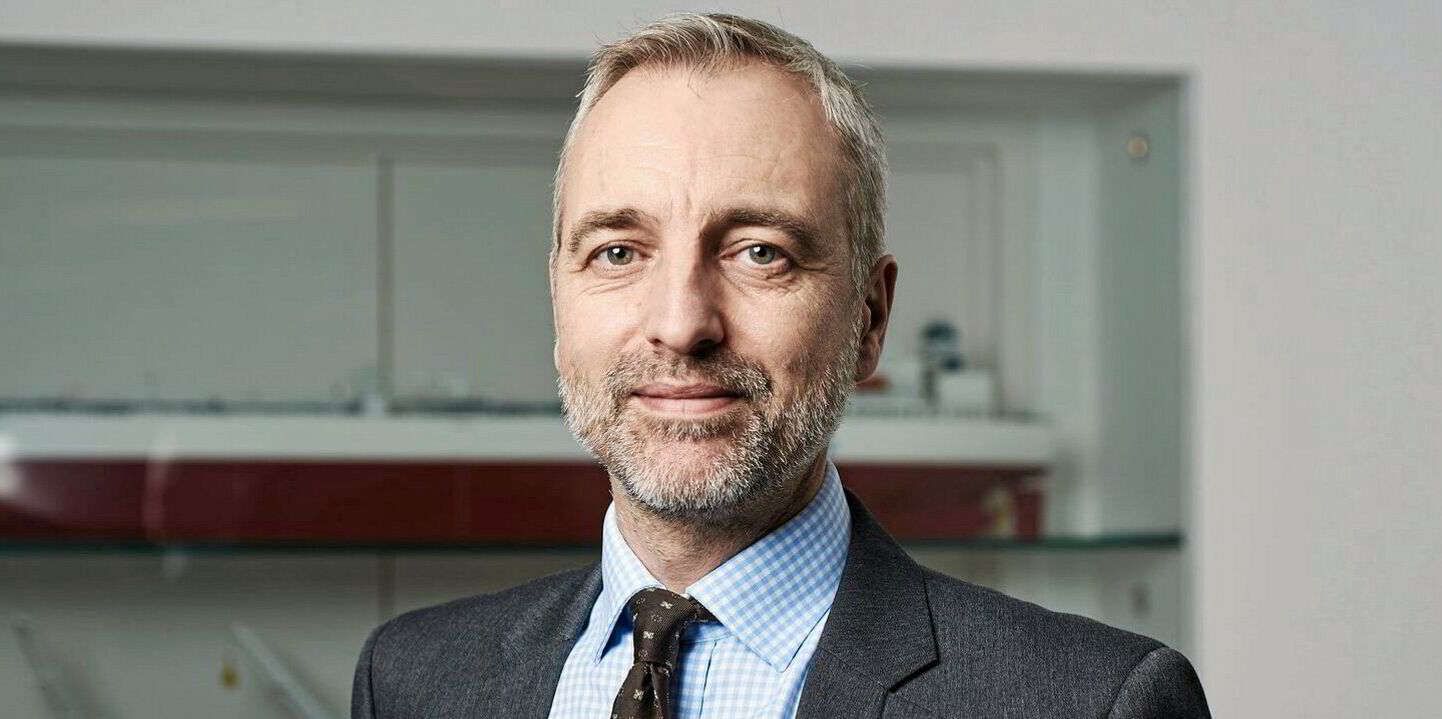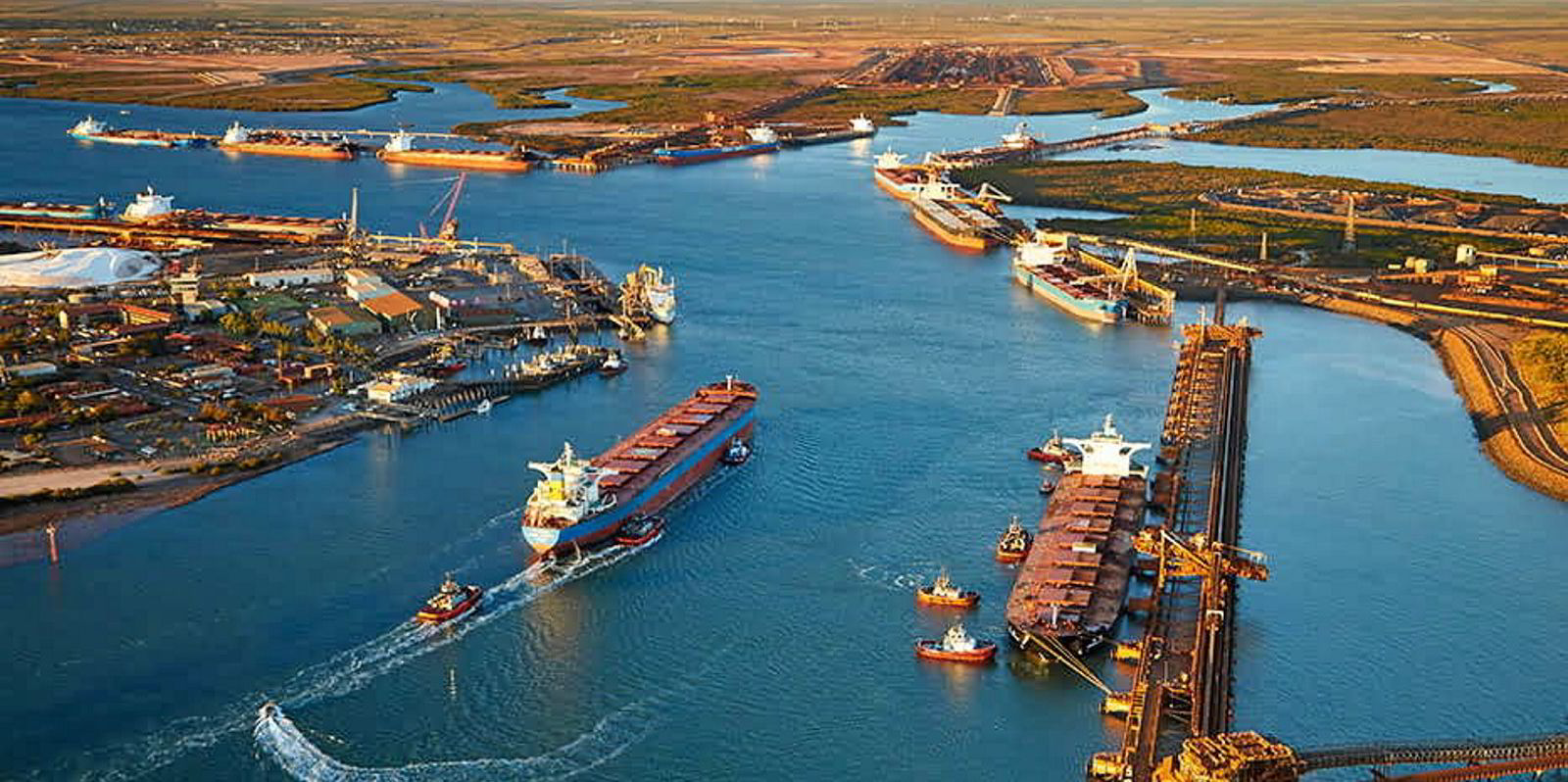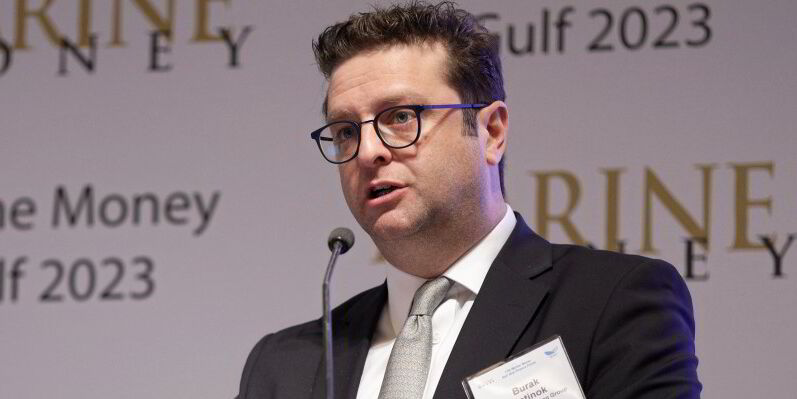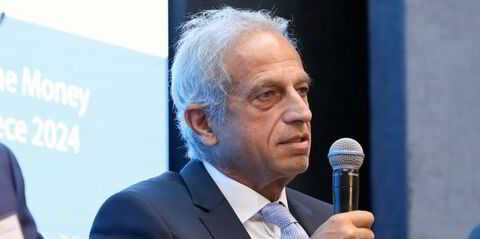Increased fertiliser cargo volumes have boosted the panamax trade in the first half of the year.
The panamax sector saw an annual increase of approximately 2.4m tonnes in fertiliser trade during the first half, compared to the same period in 2023, according to Braemar.
Derek Langston, global head of dry research, told TradeWinds: “The expansion in panamax employment on fertiliser trades this year has acted as a double positive for freight.
“Firstly, in terms of trade, then secondly, in terms of ship demand when measured in tonne-miles due to the additional long-haul voyages and avoidance of the Red Sea.”
Improved affordability, during the first six months of the year, has been at the heart of the revival in fertiliser use following two years of decline, according to the International Fertilizer Association (IFA)’s medium-term outlook.
World seaborne fertiliser trade reached 192.6m tonnes in 2023 and is pegged at 197.3m tonnes in 2024 and 201.4m tonnes in 2025, according to Clarksons.
Geared bulkers typically transport the majority of global fertiliser volumes, with panamaxes accounting for only an estimated 10% to 11% of the seaborne fertiliser trade carried by bulkers.
However, Braemar’s weekly dry market report noted that growth in the bulker sector has been “lopsided” during the first half of 2024.
Significant year-on-year gains involved long-haul voyages, notably around the Cape of Good Hope instead of Suez, resulting in a 20% increase in tonne-mile demand.
Other growth areas include voyages from Portland to Brazil and from Oman to Brazil and India.
Firstly, shipments from the Baltic (Ust-Luga) to China witnessed yearly growth in the January to June period.
“For the most part, these have been routed via the Cape of Good Hope in the first half of this year, as opposed to the first six months of 2023 when Suez transit was the practice,” it said.
Using actual observed shipments, Braemar calculated that tonne-mile demand on this trade in the first half of 2024 was 20% higher than if all ships had continued to steam via Suez.
Another growth area was voyages departing from Portland on the US Pacific coast, carrying potash to Brazil. These involved voyages around Cape Horn, as was mostly the case during the same period in 2023.
Exports from Oman (predominantly Sohar, with smaller volumes from Sur) to Brazil and India were another long-haul voyage of note.
“Oman is well-positioned to fertiliser importers in South Asia and its producers enjoy access to cheap energy thanks to abundant natural gas,” it explained.
As a result, the positive impact on freight rates from the trade gain was amplified by the effect on tonne-mile demand.
In terms of panamax fertiliser cargoes, this marks a large annual gain of 29%, judging by vessel tracking; when translated into tonne-miles, Braemar’s calculations show the increase is even larger, at 53%.
Russian seaborne supplies to rise
Seaborne fertiliser supply from Russia, as well as potash from Belarus, since the European Union removed access to Klaipeda in Lithuania in early 2022, was also a talking point.
A first-quarter review of port throughput, publicised by Russian media outlet PortNews IAA, showed a 38% yearly gain in the country’s (mineral) fertiliser cargoes to 10.2m tonnes.
This is the fastest growth of any Russian trade, dry or wet, it said.
“The jump during the first quarter, is more impressive following a 52% year-on-year leap to 36.7m tonnes,” said the report.
Discussions are also underway to expand Russian load port capacity further. In February, it was reported that Taman port could be expanded to include fertiliser-handling facilities.
In its latest outlook, the IFA highlighted “major port investment” at Murmansk. Russian reports from 2022 indicated that a terminal under construction at that location could ultimately handle 5m to 7m tonnes per year of Belarusian potash.
“This may help return some Belarusian cargo to the seaborne market, which is currently being railed to China,” said Braemar.
The IFA has forecast that world potash production capacity is set to rise 19% between 2023 and 2028 from Belarus, Canada, Laos and Russia. “However, the size of the contribution to bulker trades from Laos is debatable,” said Braemar.
Industry media indicate that Laotian potash is exported from Vietnam and aimed at nearby markets in South and South East Asia.
“However, it is often shipped in containers or breakbulk in bags — unless it is shipped to long-haul destinations when bulkers can be used,” said the report.
A second phase of potash capacity is also expected from 2027, including from Canada.
Fertiliser growth to slow in medium-term
In the coming years, global fertiliser use is expected to maintain annual growth, but at a slower pace.
The IFA forecasts a 2.2% expansion in 2025, decelerating to 1.5% by 2028, reflecting improved nutrient use efficiency as well as slowing growth in food production and population growth.
With the IFA forecasting Latin America and South Asia as the “main engines of global growth in the medium term”, import prospects for Brazil and India appear sound, it added.
“Although the IFA forecasts slowing fertiliser use is still in the medium term, the latest IFA outlook (from July) projects stronger expansion than in June 2023,” it concluded.
